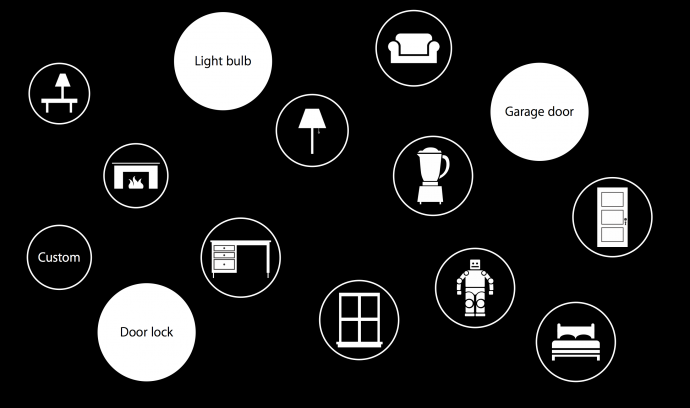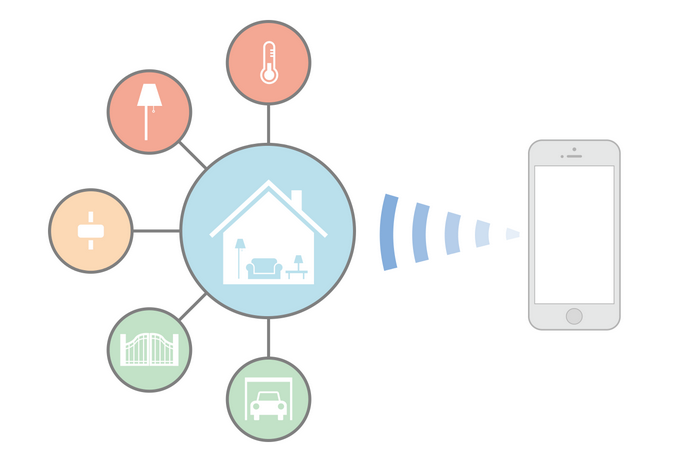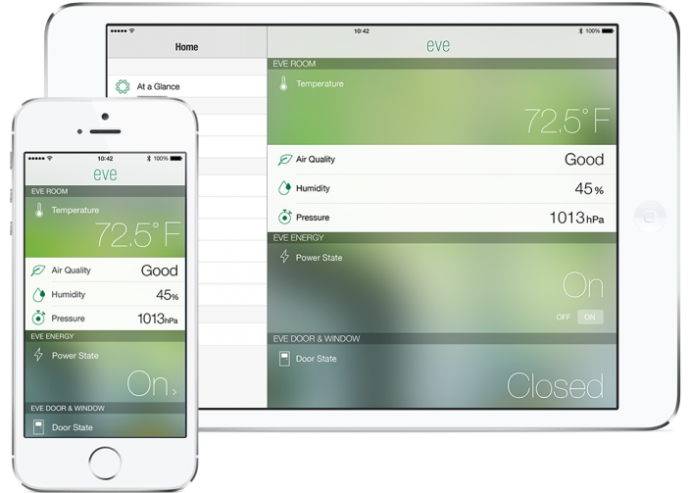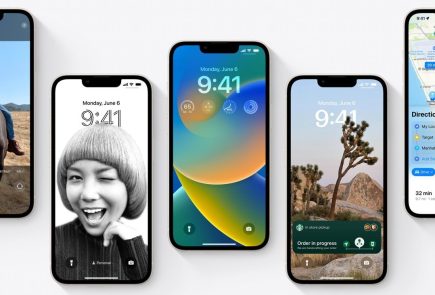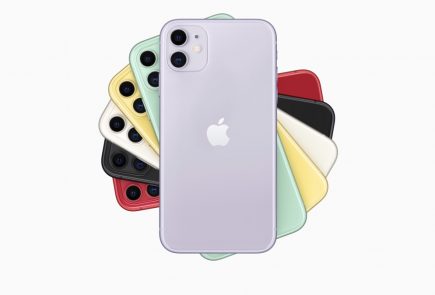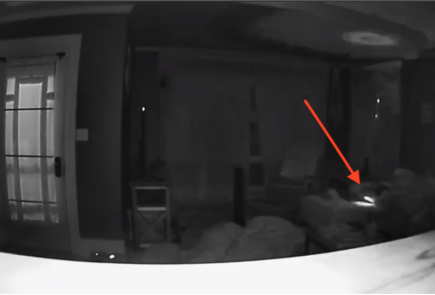Apple HomeKit Explained | Everything You Need to Know
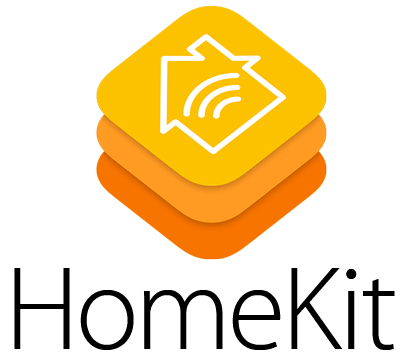
The smartphone evolution is on the verge of touching zenith by bringing all chief developments in a compact device. The tech industry is now swiftly gearing into diverse segments that would soon become a norm in the coming future. Apple has been struggling to catch up and is making attempts to fill up the gap. The March 9 event by Apple answered many questions about the HomeKit, but it soon faded in the backdrop with the launch of the Apple Watch and the new MacBook. Nonetheless, it gave a fair idea of Apple’s plan to let users build their personal Internet of Things (IoT) using HomeKit-compatible connected devices.
What is HomeKit?
Before we begin with how HomeKit works and how it can ease your life, let’s take a look back at what is HomeKit. HomeKit is a specialised language understood by appliances; a framework that works in combination with apps for communicating with and controlling connected accessories in a home. Users can set up actions to control home automation accessories like lights, gate, garage door, music, TV, etc and group them together.
HomeKit devices are stored in a database on the iOS device, which is synchronized to other iOS devices over iCloud. An admin is allowed to add more users to adjust the characteristics of accessories. The integration of voice assistant Siri makes it all the more fun and actions can be triggered by Siri at a single call. The arrangement works with devices like iPhone, iPad and iPod that runs iOS 8 and above.
How Does it Work?
Since connected devices in your home communicate with each other, each one of them needs to have a definite name. Assign a name to all the HomeKit-enabled devices and functions like ‘Living Room’, ‘Curtains’, ‘House’, ‘TV’, ‘Switch on’, ‘Brew’, so that Siri could interpret your command. Remember to use names and not general terms in your command.
Once you are done with storing names, the appliances can be controlled individually. Apple has also provided a grouping feature that can put together two or more appliances to manage at a time. This way you don’t have to give a command to every single object and one command will apply on all. For example, if there are many lights in your house and you want to switch off all, give Siri a pre-determined command and all the lights will turn off.
Official Home App to Debut on WWDC 2015
For now, there is no official app by Apple and users need to download a suitable application from the App Store. But there have been reports of Apple strengthening the connected home initiative through its own app dubbed ‘Home’. The tool would list all the HomeKit-enabled items and will be a remote point to manage everything.
HomeKit-Compatible Devices
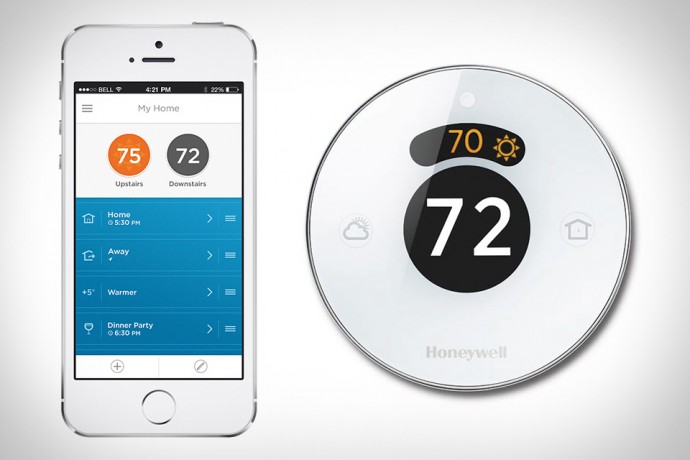
As HomeKit is a conversational language of electronics, it could work with devices produced by any manufacturer, considering that it’s HomeKit-enabled. Apple has tied up with many consumer electronics brands to produce conversable appliances. Some of them include Haier, Philips, Belkin, Honeywell and a few more. There are several devices available in the market right now, but almost all of them are for sale in the US. The accessories are yet to hit the Indian market. It is speculated that Apple would release more of HomeKit-enabled devices in the forthcoming annual WWDC.
HomeKit is secure and doesn’t allow electricity abuse. It includes end-to-end encryption between iOS devices and smart devices, making them secure.
The Future of HomeKit
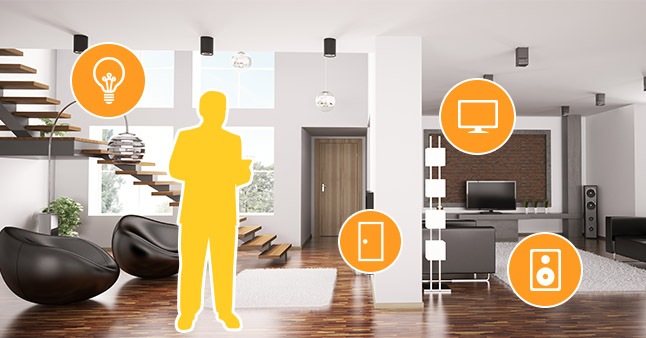
The HomeKit concept was introduced last year and even after a year, it has a crawling progress rate. Google too announced its latest smart home platform, Brillo, at the recent annual developer’s conference, but it’s a year behind Apple. The Cupertino-based firm has already thrown its hat in the respective ground. There has been a slow roll of HomeKit-compatible products in the market, but this year’s WWDC is expected to accelerate the process.
The race of turning homes to ‘smart homes’ is a tad long and it would take next several years to replace the already fitted appliances with smart gadgets. Besides that, Apple has merely sprung its plan of home automation into action and it needs to institute an entire set up of automated products. Surely, it would be slow and extended, but it’s a preview of how the future would be like. The day is not far when homes would be interacting like your smartphone.
















